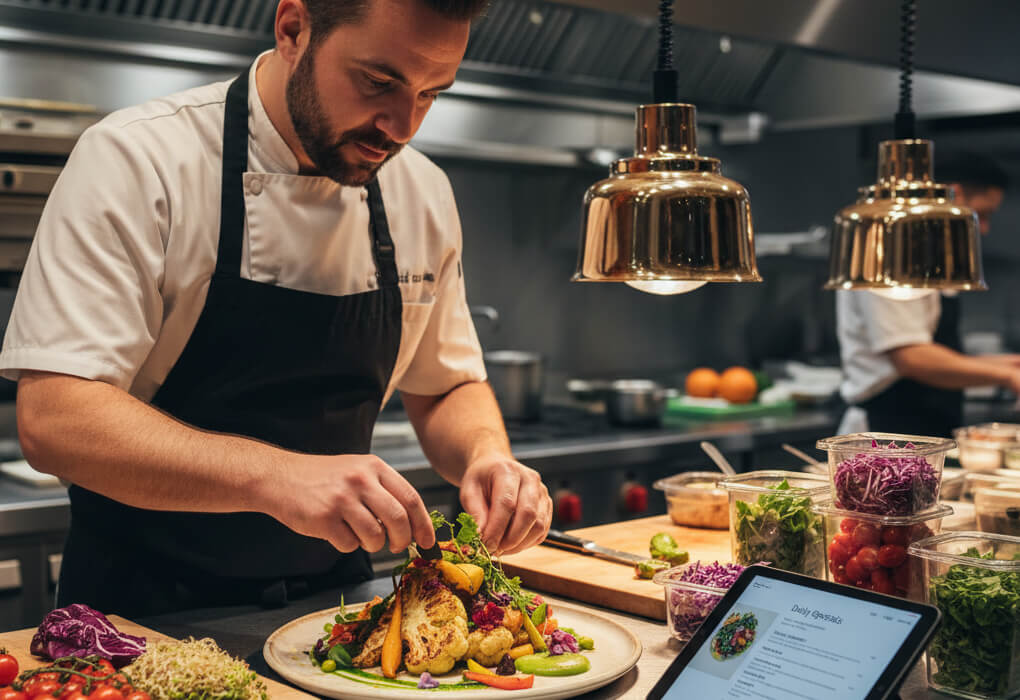October 06, 2025

In the post-pandemic dining landscape, sustainability is no longer a trend — it's an expectation. Diners today don’t just ask what’s on the menu — they want to know where it came from, how it was grown, and what impact it has on the planet.
Restaurants that understand this shift and build sustainability into their menu design, sourcing strategy, and marketing are not only better positioned to attract ethically-minded diners — they’re also making smart business decisions that reduce waste, boost brand loyalty, and improve long-term profitability.
Let’s dive into how sustainability is transforming restaurant menus — and how to communicate these efforts for maximum impact.
One of the most effective (and visible) ways to build a sustainable menu is by sourcing locally and seasonally. This simple shift delivers a wide range of benefits:
Example in Practice: A bistro in Vermont changes its menu weekly based on local produce availability. In winter, the menu leans into root vegetables and preserved items. In summer, fresh greens and heirloom tomatoes take center stage.
Make It Digital: Highlight your local sourcing practices on your homepage, menu, and Google Business Profile. This not only builds credibility but also improves your local SEO — especially for customers searching for “farm-to-table near me.”
Related:
Food waste is one of the biggest sustainability issues facing the restaurant industry. Fortunately, your menu is your strongest tool for tackling it.
Learn why your servers are your brand’s best ambassadors: Why Every Server Should Know Your Website by Heart
Plant-based dishes are no longer just for vegans. They’ve become a mainstream indicator of ethical dining, climate awareness, and modern lifestyle choices.
Today’s diners want to know the story behind what they’re eating. Transparency is no longer optional — it’s a brand differentiator.
Use storytelling across:
Bonus Tip: Sustainable storytelling isn’t just ethical — it’s great for SEO. Search engines reward original, informative content that answers real user questions.
Many restaurants adopt eco-friendly practices behind the scenes but fail to tell anyone about it. That’s a missed opportunity.
Instead, treat sustainability like a core brand pillar and marketing driver.
Helpful Read: Should Restaurants Run Google Ads? A Complete Guide
Sustainability isn’t just a checkbox — it’s a strategy. Restaurants that align their menus with eco-conscious values are more than just trendy — they’re future-proofing their business.
By sourcing locally, reducing waste, offering plant-based options, and communicating transparently online, you’re not only making responsible choices — you’re crafting a brand that modern diners respect, trust, and return to.
And when that story is told clearly — from the table to your website — sustainability becomes a growth engine.
Stay up to date with the latest tips, expert insights, product reviews, and step-by-step guides to help you grow, create, and succeed—no matter your industry or passion.